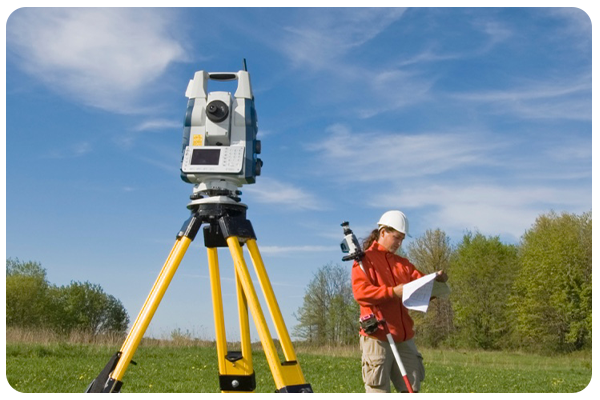Future Of GIS Technology

GIS, or Geographic Information Systems, is a rapidly growing field that has revolutionized the way we visualize, analyze, and understand geographical data. In the past few decades, the advancements in technology and data collection methods have made GIS a crucial tool for professionals in various industries, including government, business, and environmental science. As the field continues to evolve and expand, it is important to consider what the future of GIS may hold.
- Increased Integration with Other Technologies
One trend that is already starting to take shape is the integration of GIS with other technologies. For example, GIS is being used in combination with artificial intelligence, machine learning, and the Internet of Things to produce more comprehensive and accurate maps and analyses. This integration will allow professionals to analyze large amounts of data more quickly and accurately, leading to better decision-making and improved outcomes.
- Expansion into New Industries
GIS is no longer just a tool for geographic professionals, but it is also finding applications in new and unexpected industries. For example, GIS is being used in the healthcare industry to track the spread of infectious diseases, in the financial industry to analyze investment opportunities, and in the retail industry to analyze consumer behavior patterns. As GIS continues to expand into new industries, it will become an even more important tool for professionals in a variety of fields.
- Improved Data Collection and Management
One of the biggest challenges facing GIS professionals is the sheer volume of data that is being generated and collected. However, advancements in data collection and management technologies are helping to overcome this challenge. For example, the use of unmanned aerial vehicles, or drones, for data collection is becoming increasingly common. These devices can cover large areas quickly and accurately, and the data they collect can be used to produce high-resolution maps and analyses.
- Greater Emphasis on User-Friendly Interfaces
GIS has traditionally been seen as a technical and complex field, with a steep learning curve for those who are not familiar with it. However, there is a growing emphasis on making GIS tools more user-friendly and accessible to a wider range of professionals. For example, there is a growing number of GIS software packages that are designed to be easy to use, even for those without technical backgrounds. This trend is likely to continue in the future, making GIS a more accessible and valuable tool for professionals in many fields. In conclusion, the future of GIS is bright, with continued advancements and innovations likely to bring even more exciting opportunities in the years to come. Whether it's through increased integration with other technologies, expansion into new industries, improved data collection and management, or greater emphasis on user-friendly interfaces, GIS is poised to play an increasingly important role in our world.


